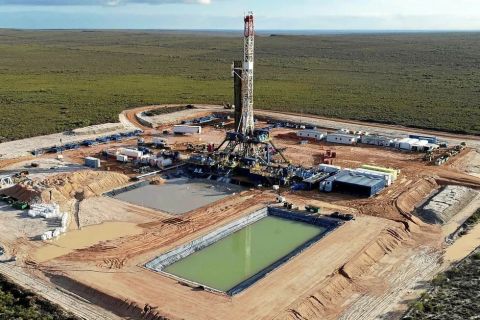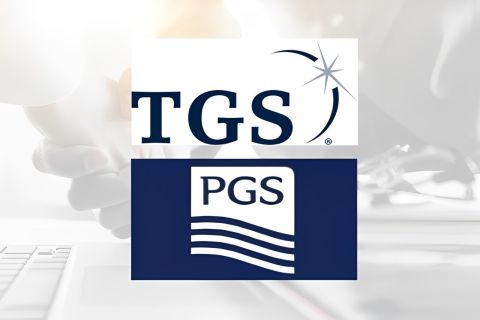Searcher Seismic has completed the regional multiclient airborne gravity, gravity-gradiometry and magnetics survey covering the transition zone of the Gulf of Papua, the company said on Feb. 13.
The Roho Airborne Gravity, Gravity-Gradiometry and Magnetic Survey cover approximately 60,700 sq km (23,436 sq miles) along the southern coast of PNG. The survey compliments several marine seismic and geochemical projects recently completed by Searcher aimed at assessing the hydrocarbon potential of the Gulf of Papua and adjacent Coral Sea areas, offshore PNG. The data were acquired with a 1 km line spacing in the northern Gulf of Papua, and 2 km line spacing extending along the coastline to SE PNG.
Much of the area covered by the Roho Survey comprised of shallow-water transition zone environments where seismic operations are difficult and expensive. The survey was acquired by CGG Multi-Physics, using a Basler BT-67 and a DHC-6 Twin Otter twin turbine fixed wing aircraft.
Andrew Weller, geoscientist and Asia-Pacific sales manager for Searcher Seismic, said the survey was designed to bridge the gap between the onshore areas of PNG where many wells have been drilled, providing good geological control points, with the offshore regions in the Gulf of Papua and Coral Sea, where a substantial database of new, high quality seismic data is now available, and well data is sparse or absent all together.
The Roho Survey provides the exploration industry with the largest and most coherent dataset over a significant portion of the Gulf of Papua’s transition zone environment, the company said. The Roho Survey complements Searcher’s existing 2-D seismic coverage which currently stands at over 87,000 km (54,059 miles), 3,888 sq km (1,501 sq miles) of 3-D as well as a geochemical survey, offshore Papua New Guinea.
Final data is now available for the Roho Survey. A regional interpretation of the new data will be available by March 2019.
Recommended Reading
Brett: Oil M&A Outlook is Strong, Even With Bifurcation in Valuations
2024-04-18 - Valuations across major basins are experiencing a very divergent bifurcation as value rushes back toward high-quality undeveloped properties.
Marketed: BKV Chelsea 214 Well Package in Marcellus Shale
2024-04-18 - BKV Chelsea has retained EnergyNet for the sale of a 214 non-operated well package in Bradford, Lycoming, Sullivan, Susquehanna, Tioga and Wyoming counties, Pennsylvania.
Triangle Energy, JV Set to Drill in North Perth Basin
2024-04-18 - The Booth-1 prospect is planned to be the first well in the joint venture’s —Triangle Energy, Strike Energy and New Zealand Oil and Gas — upcoming drilling campaign.
PGS, TGS Merger Clears Norwegian Authorities, UK Still Reviewing
2024-04-17 - Energy data companies PGS and TGS said their merger has received approval by Norwegian authorities and remains under review by the U.K. Competition Market Authority.
Energy Systems Group, PacificWest Solutions to Merge
2024-04-17 - Energy Systems Group and PacificWest Solutions are expanding their infrastructure and energy services offerings with the merger of the two companies.




